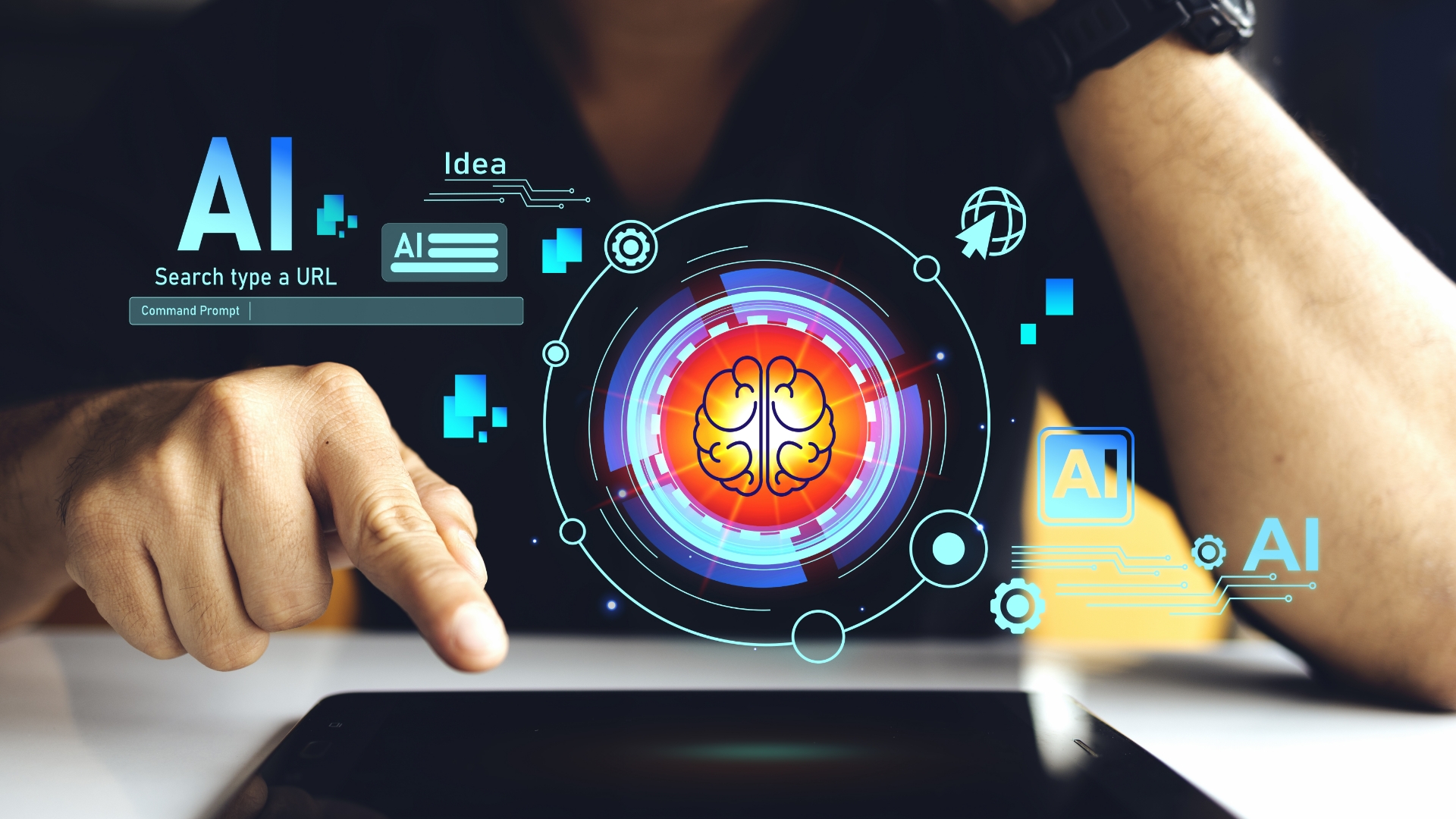In today’s hyper-competitive, tech-driven world, businesses are under immense pressure to innovate, scale, and deliver seamless digital experiences. While off-the-shelf solutions may seem attractive due to their quick deployment and lower upfront costs, they often fall short when it comes to addressing the unique challenges and long-term goals of a business. This is where custom software development emerges as the true backbone of digital transformation.
The Limitations of Off-the-Shelf Software
Pre-built applications are designed to serve the widest possible audience. They come with fixed features, rigid workflows, and limited customization. While they may help organizations get started quickly, over time businesses often encounter roadblocks such as:
- Lack of flexibility – adapting workflows to fit the software, instead of software adapting to workflows.
- Integration challenges – difficulty connecting with legacy systems or specialized platforms.
- Scalability constraints – inability to grow alongside the business.
- Hidden costs – licensing fees, unnecessary features, and constant upgrades.
These limitations make it difficult for companies to achieve true digital transformation, which demands agility, innovation, and deep alignment with business strategy.
Why Custom Software is the Backbone of Digital Transformation
Digital transformation is not about adopting the latest technology; it’s about reimagining how businesses operate, deliver value, and engage with customers. Custom software plays a central role in this journey because it:
1. Aligns with Business Goals
Custom solutions are built around the unique needs of an organization. Whether it’s automating niche processes or creating a differentiated customer experience, custom software ensures technology is aligned directly with strategic objectives.
2. Enhances Agility and Innovation
Unlike rigid off-the-shelf platforms, custom software can evolve as the business grows. It allows companies to experiment, iterate, and implement new features rapidly—fueling continuous innovation.
3. Seamless Integration
Digital transformation relies on interconnected ecosystems. Custom software can integrate seamlessly with legacy systems, third-party platforms, and emerging technologies (AI, IoT, blockchain), ensuring smooth data flow and better decision-making.
4. Future-Ready Scalability
Custom-built applications are designed to scale in step with organizational growth. Whether you’re expanding to new markets or handling larger transaction volumes, custom software ensures scalability without compromising performance.
5. Improved Security and Compliance
Pre-packaged solutions often expose businesses to security risks or compliance gaps. Custom software allows for tailored security protocols and compliance with industry-specific regulations—critical in sectors like healthcare, finance, and retail.
6. Superior Customer Experience
Today’s customers expect personalized, seamless, and intuitive digital experiences. With custom software, businesses can design solutions that put the customer at the center, boosting engagement and loyalty.
Real-World Examples of Custom Software Driving Transformation
- Retail: Personalized e-commerce platforms that adapt to customer behavior and integrate AI-powered recommendations.
- Healthcare: Custom patient portals and telemedicine apps tailored for secure data handling and regulatory compliance.
- Finance: Bespoke risk management systems that combine AI-driven fraud detection with real-time analytics.
These examples highlight how custom solutions empower businesses to move beyond the limitations of cookie-cutter software and create real competitive advantages.
Conclusion
Digital transformation is no longer optional—it’s essential for survival and growth in the digital-first economy. But transformation cannot be achieved with one-size-fits-all tools. Custom software is the backbone of digital transformation in Dubai because it provides the flexibility, scalability, and innovation needed to truly reimagine business processes, deliver superior customer experiences, and stay future-ready.
Organizations that invest in custom solutions are not just keeping up with the digital age—they are shaping it.




